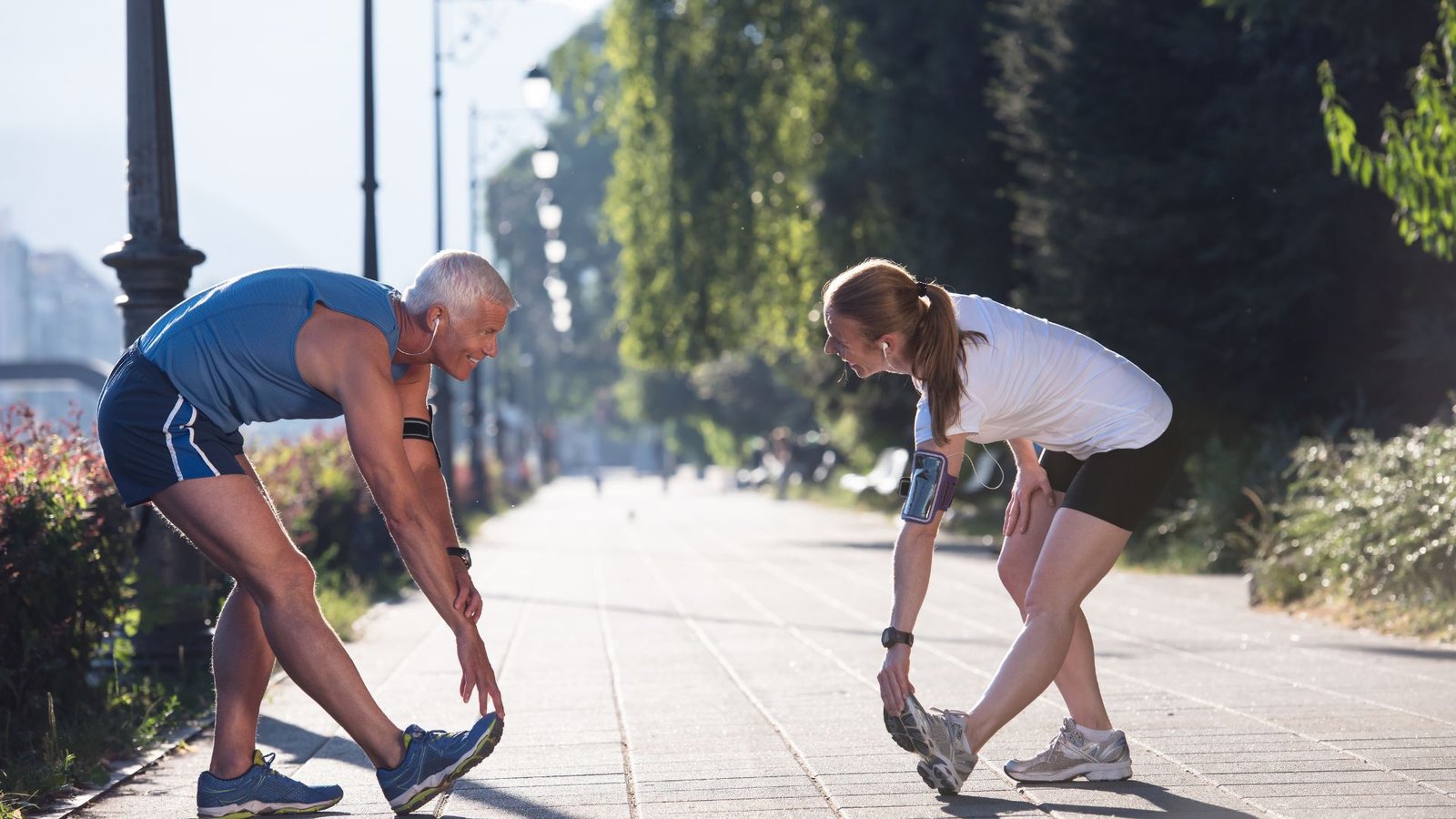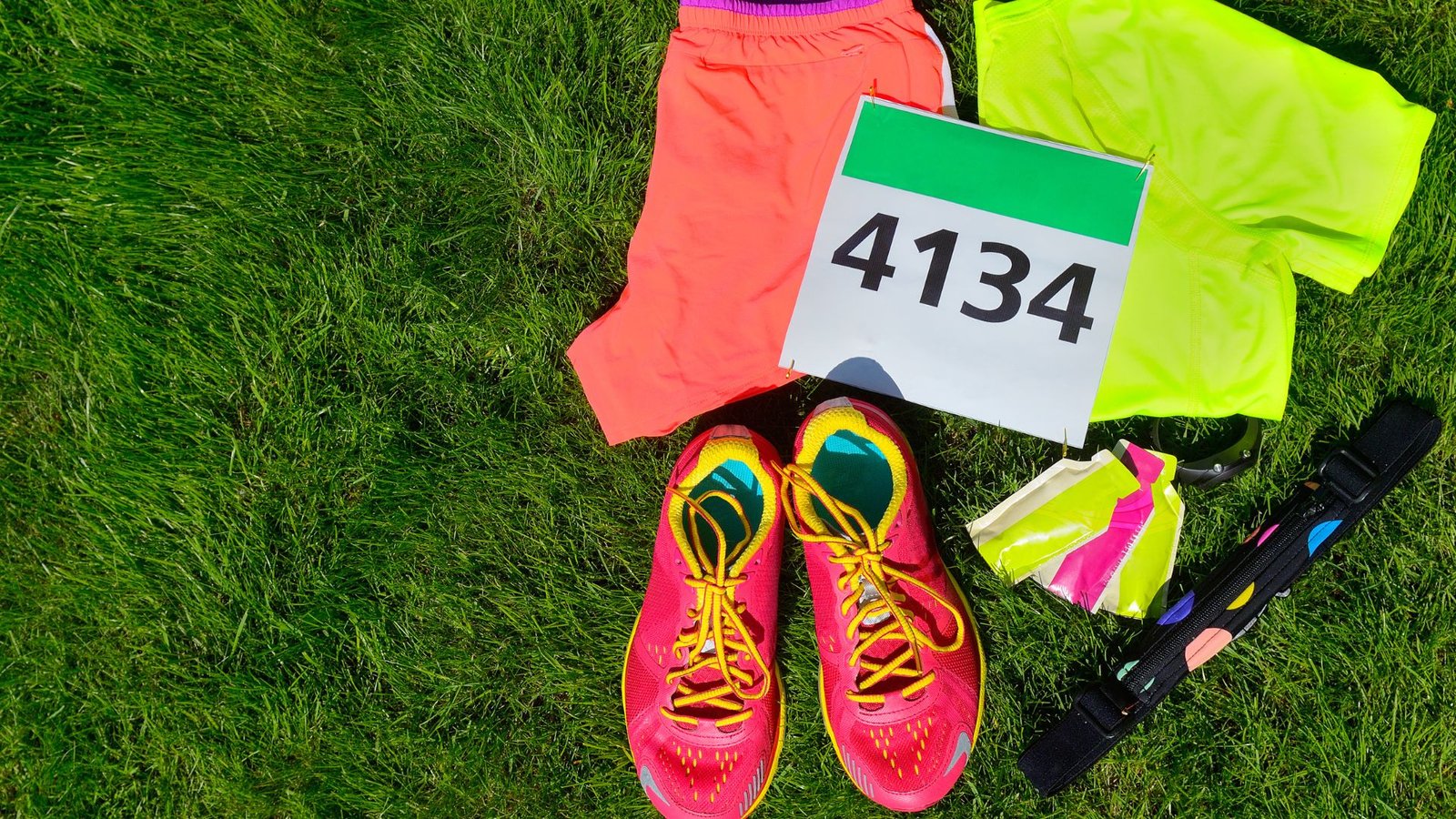Most likely, the main goal when you go for a run is to beat your record or at least get closer to it. One main wish of every runner is, ‘How to be faster at running compared to my last personal best?’
But how can you genuinely build up your stamina and extend your running distance when urging yourself to “run faster” isn’t enough? The good news is we may gradually increase our running speed by purposefully training for it.
This article covers everything you need to know to increase your running speed, including helpful stretches, training advice, and nutritional adjustments to quicken your pace.
Table of Contents
How to Be Faster at Running?
- Make it a goal to run a given distance in a certain period to help you stay motivated. You now have something to strive for.
- To increase your heart rate and stamina, try various running strategies, such as intervals, tempo running, and sprints.
- To keep your body in good form, maintain a healthy diet, drink lots of water, and engage in weight training and core workouts.
Tips to Be Faster at Running
Heat Up and Chill Down
Every workout should begin with a warm-up and end with a cool-down. This lets you gradually ease your body into and out of periods of high activity. After a run, stretching can help avoid the formation of lactic acid, which will lessen muscle discomfort and swelling.

Eat Properly
Your diet, mainly what you eat just before a run, affects how well you run.
Consume fresh fruits, berries, and melons whenever possible as part of a balanced diet. Fill on cooked and fresh veggies, whole grain bread, oats, and energy bars for carbs.
Steer clear of processed and sugary foods. Eat fewer high-fat and high-fiber foods. If dairy upsets your stomach, you might also want to avoid it.
Drink Water
To stay hydrated, sip on lots of water and healthful beverages like coconut water, herbal teas, or sports drinks. Avoid sodas and other beverages that contain dairy, sugars, and alcohol.
Keep an appropriate weight.
Running is a popular and efficient weight loss method. When you maintain a moderate body weight, you can run faster and more intensely.
Develop Your Method.
A 2017 study demonstrates how beneficial it is to enhance your body mechanics and form to increase performance and lower injury rates.

Some easy pointers to remember are keeping your knee aligned with your body, striking your foot beneath your knee, and pushing off the ground behind you. You can also shorten your running stride, keep your hands loose, and use your core.
New Kicks
Purchase new shoes or have the soles of your old ones replaced.
A small 2019 study found that runners who wore Nike Vaporfly 4% shoes improved their running economy, partly because of the shoes’ impact on running mechanics. The boots all improved the center of mass vertical oscillation, plantar flexion velocity, and stride length.
You don’t have to purchase this specific pair of shoes, but you can research the boots that would be most beneficial for you.
Put On Your Best Outfit.
Go for airtight, lightweight, and form-fitting clothing. When jogging, especially over extended distances, be sure your clothing does not chafe or scrape against your skin. In chilly conditions, dress appropriately and protect your extremities.

Strength Training
It will be simpler to employ good body mechanics to run swiftly and effortlessly the stronger you are.
Strength and speed-endurance training are beneficial to improve overall running performance, according to a small 2016 study on endurance-trained runners. The runners cut back on the amount of training they did.
To gain muscle, lift weights or perform bodyweight workouts like push-ups, lunges, and squats. To stay active, play sports like volleyball, kickboxing, or swimming.
Make a Decision
Rather than jogging aimlessly, choose a goal for your workout program and follow it through. This enables you to work toward a specific objective and have a purpose for every session. Change your regimen to incorporate strength, high-intensity, and endurance runs.
For Beginners
Boost your mileage
If you’re starting, try increasing your mileage to help your body adjust to running. You’ll also get a taste of what it’s like to run farther. Increase your mileage progressively every two to four weeks as you build it up.
A Healthy, Balanced Body
Your body’s alignment and balance are crucial. By maintaining proper posture, balance, and coordination, you can make sure that your stride is at its best. Mix up your strength-building exercises with plenty of stretches and extended holds to avoid muscle stress and stiffness.
Acquire Membership in a Group
A group can help you improve your running technique, raise your fitness level, and decide when you’re ready to go on longer runs. Members can be a positive, competitive, and supportive source of energy.
Engage in Physical Activity Most Days.
Aim to engage in some physical exercise every day, even if it’s just for a brief period, in addition to one full day of relaxation each week. This will help you develop consistency and a regular exercise routine for your body.
For Intermediate Runners
Training on Hills
Run hills to improve your speed, burn fat, and strengthen your lower body. Sprint runs involve jogging up a steep slope and walking back down to cool off. When running outside is not an option, try hill sprints on an indoor treadmill.
Central Power
A strong core is essential for feeling more relaxed and at ease during running. It provides a solid basis for good movement patterns, reduces the risk of injury, increases speed, and stabilizes the back.
Some available exercises include Russian twists, single-leg Romanian deadlifts, and plank variants.
Runs for Endurance
Longer runs at a slower pace are called endurance runs. This keeps the intensity low-to-moderate level while allowing your body to adjust to long runs. You can gradually increase the time or distance you run each week.
Lateral Workouts
Perform lateral exercises to strengthen the muscles on either side of your body and change the direction your body moves. This increases your range of motion, relieves low back discomfort, and strengthens your knees, thighs, and hips.
Step-ups, shuffles, and walking lateral lunges are among the options.
For Advanced Runners
Advanced Level Racing
If you’ve run that distance a few times, especially if it’s a longer race than you’ve conquered, make a plan to up your motivation.
Enroll in a 10K if you’ve completed a 5K, and so on. Make the appropriate adjustments to your training schedule. Enroll in a triathlon if you’d like to push yourself in new directions.
Tabata Lesson
High-intensity interval training, or HIIT, is what tabata training is. It raises an individual’s anaerobic and aerobic fitness levels. You exert yourself vigorously for 20 seconds, then rest for 10 seconds. Seven or eight times, repeat this.
Tempo Runs
Tempo runs raise your fitness level while honing your skills and pushing you to the limit. Run at a moderate-to-fast pace that is marginally quicker than your typical pace for five minutes. After that, jog for a while. Increase your pace gradually to ten to thirty minutes at a time.
Give Yourself Some Time to Relax
Schedule time for relaxation in addition to your rest days. Practice progressive muscle relaxation, meditation, or yoga nidra. Improving your speed and endurance and decreasing your heart rate, oxygen intake, and breathing rate may help you perform better.
For Sprinters
Short Steps
Running on the balls of your feet with short strides will maximize your efficiency and speed. Concentrate on moving quickly and with good form while taking shorter steps. Every time your foot strikes the ground, you can move your body forward.
Breathe Properly
Ensure you’re breathing correctly and getting enough oxygen because your running pace influences your respiratory rhythms. You might have to use your mouth to breathe during this.
Breathe deeply from your abdomen, synchronizing your breaths with your movements. For instance, you could take two steps in and two steps out, or three steps inhalation and two steps out.
Running Exercises
Incorporate a few drills into your warm-up. Start with a 10-yard jog, then quicken your pace to a 50-yard sprint. For a few minutes, switch back and forth between these two speeds. After that, practice butt kicks, long strides, and high knees for a few minutes each.
Conclusion
Consider implementing these suggestions into your running regimen if you’re prepared to increase your endurance and teach your body to run faster. Whether you’re a seasoned competitor or just starting out, paying attention to your body while training is crucial. Stop immediately if any of the recommended workouts hurt or cause you significant discomfort.
Furthermore, you might want to avoid implementing some of these tactics if you suffer from specific medical conditions. If you think you may be affected, consult your doctor before starting a new exercise program.
FAQs
What is the best way to speed up my running?
To improve your running pace, you can experiment with different tactics, like interval training, tempo running, and adding sprints to your regimen. You can also increase your speed by doing weight training, eating a healthy diet, drinking plenty of water, and using perfect form.
What are some running speed suggestions for beginners?
To ensure optimal body alignment and balance, it’s crucial for novice runners to gradually increase their mileage, join a running group for support and direction, and strive for consistency in their training regimen.
Which cutting-edge methods are there for increasing running speed?
To encourage performance growth, advanced runners should push themselves with longer races, add tempo runs to their regimen, engage in high-intensity interval training (HIIT) like Tabata sessions, and prioritize getting enough sleep and relaxation.



